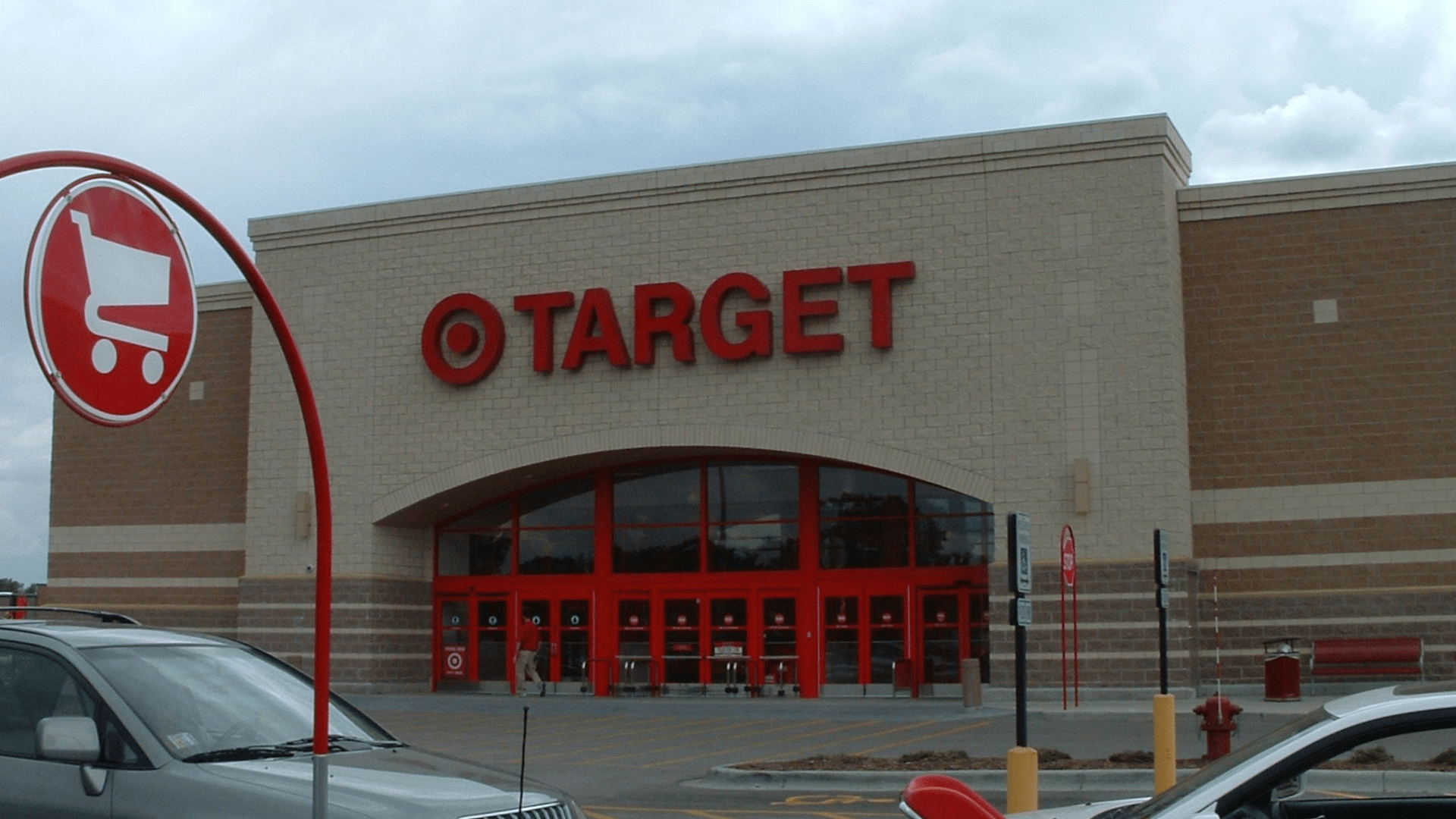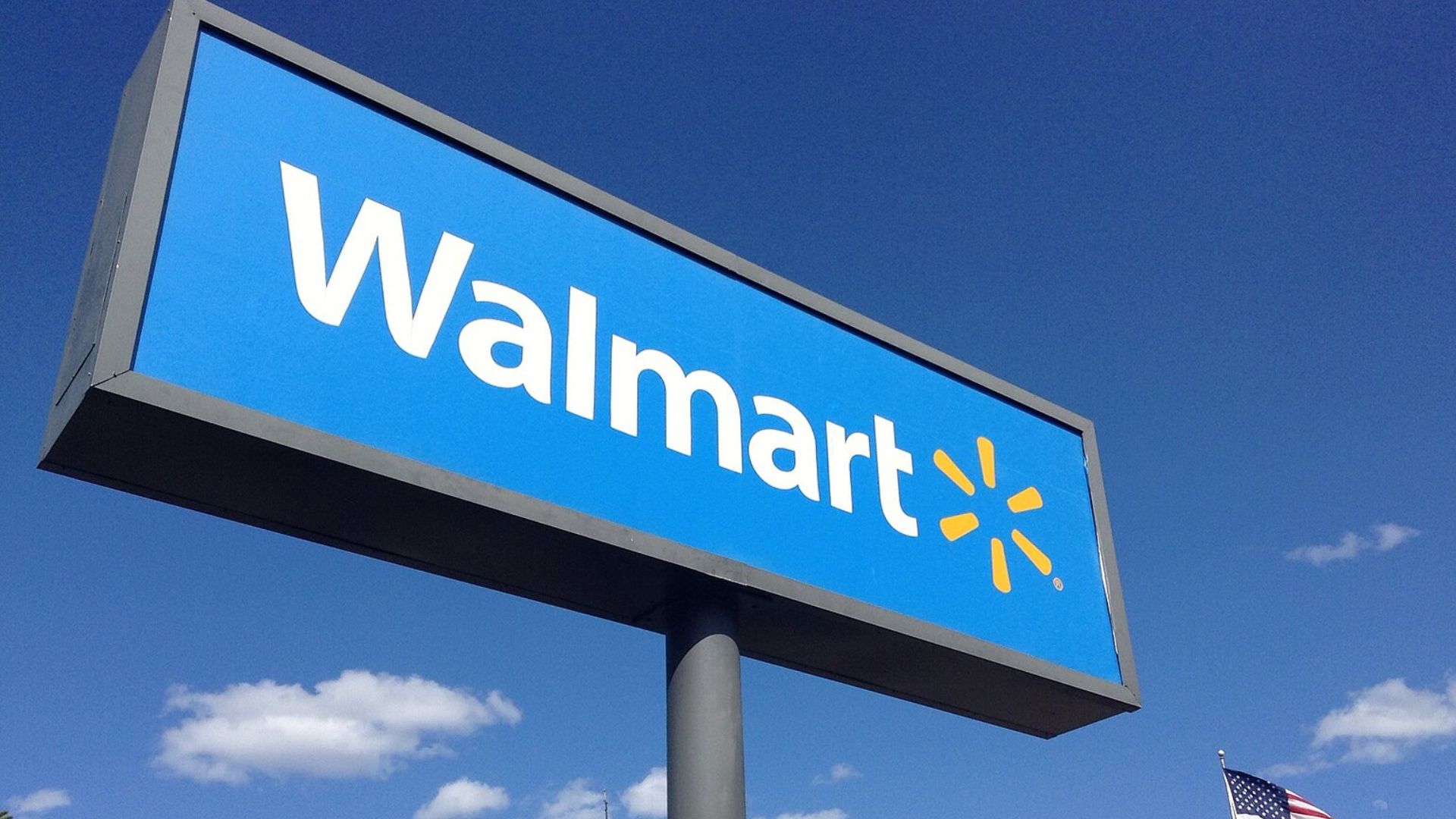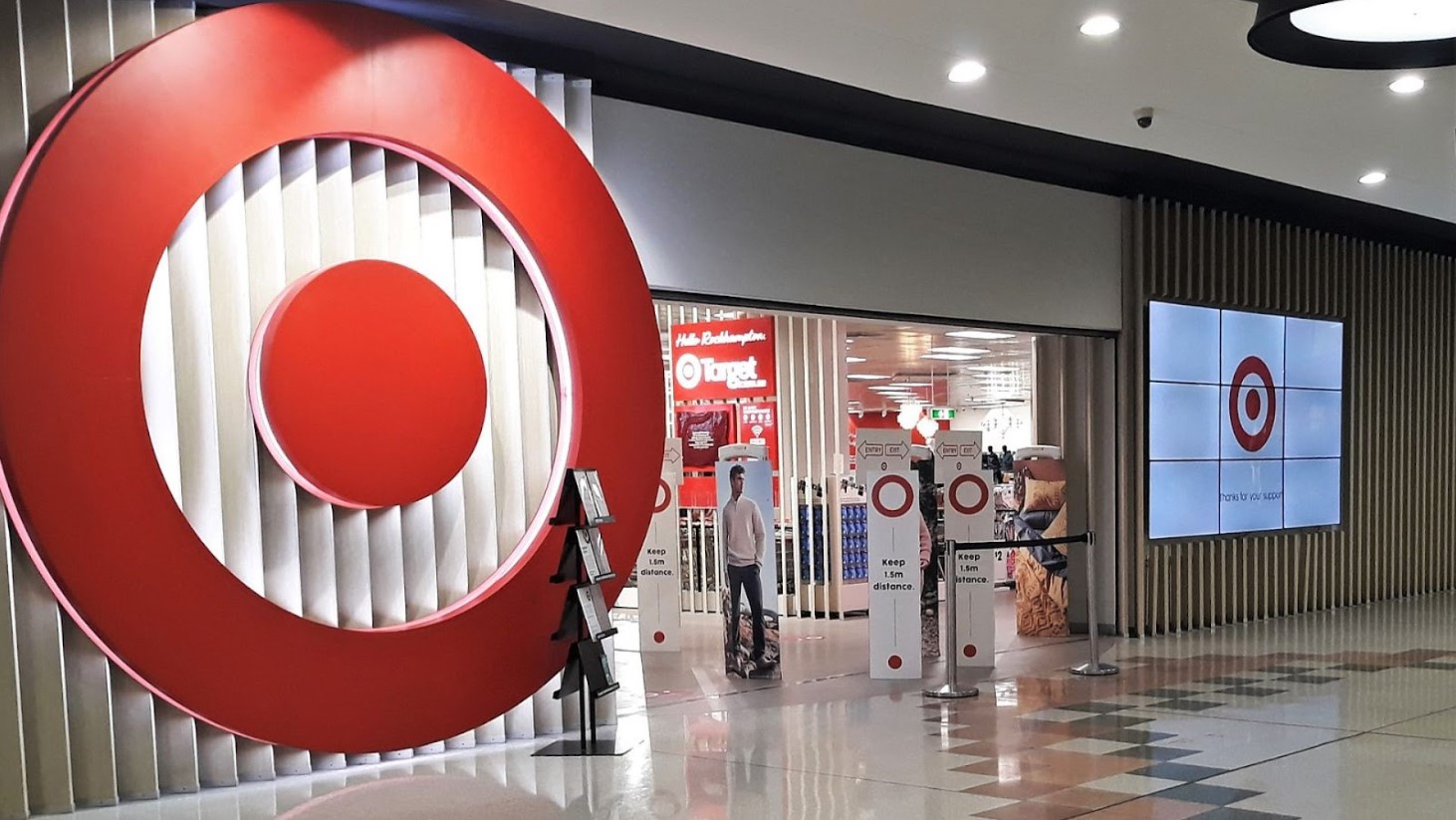Target is brewing something big: a paid membership program known as Project Trident. With aims to rival giants like Amazon and Walmart, Target is stepping into new territory. But the buzz isn’t all positive.
While details are scarce, the implications are vast, sparking debate among consumers. Will Project Trident be the new face of shopping at Target, or is it a misstep for the beloved retailer? The community waits as speculation grows on what could be the biggest retail shake-up this year.
Target’s Past Performance

The backdrop to Project Trident is Target’s recent performance, which shows a mix of challenges and victories. In the third quarter of 2023, Target saw a 4.9% dip in comparable sales, yet, intriguingly, its operating income rose by 28.9% (via USA Today).
While managing to cut costs and improve margins, they’re battling a noticeable decline in shopper spending, particularly on nonessential goods.
The Price of Loyalty

The looming question for many is how much Target’s new membership will cost. Though prices haven’t been set, if Target follows in the footsteps of Amazon Prime’s $14.99 monthly fee or Walmart Plus’ $12.95 rate, it could be a significant new expense for shoppers (via The Daily Mail).
In these inflationary times, every dollar counts, and for some, the idea of another monthly subscription might be daunting. How Target prices Project Trident could be a make-or-break factor for its success.
What’s in the Cart?

What will members get from Project Trident? The exact benefits are yet to be announced, but speculation suggests free shipping, exclusive deals, and perhaps an integration of Shipt’s same-day delivery service (via USA Today).
But in a market saturated with membership offers, Target needs to bring something unique to the table. Consumers are increasingly savvy about where they get the most bang for their buck, and for many, the value of a new membership will need to be crystal clear.
Consumer Feedback and Market Trends

According to a 2023 consumer survey by Deloitte, shoppers are increasingly reluctant to take on new subscriptions, a trend termed “subscription fatigue.” Despite this, the same study highlights consumer willingness to maintain or adopt new subscriptions that offer exceptional value or unique services.
For Target’s Project Trident, the challenge lies in providing distinct benefits that justify the cost. As Target ventures into this competitive arena, it must address these consumer trends head-on, balancing cost against the lure of convenience and exclusivity.
Comparison: Amazon Prime

Let’s look at Amazon Prime, the behemoth of retail memberships. For $14.99 a month, members enjoy free shipping, streaming, and a slew of other perks. Amazon has set a high bar, with Prime becoming almost synonymous with online shopping convenience.
Target’s Project Trident is up against this level of service and variety. It’s a benchmark that has redefined consumer expectations, and Target must meet or exceed them to win over skeptical shoppers.
Comparison: Walmart Plus

Walmart Plus, another key player, offers its membership for $12.95 a month, slightly less than Amazon’s offering. Benefits include free delivery, fuel discounts, and added perks like Paramount+. Walmart’s approach combines traditional shopping benefits with modern digital conveniences, striking a balance that appeals to a wide demographic.
This blend of savings and services is what makes Walmart Plus a strong contender and another model for Target to consider as it shapes Project Trident.
The Costco Conundrum

Conversely, Costco’s strategy hinges on a flat annual fee — $60 for its Gold Star membership. What sets Costco apart is not just the bulk savings but the exclusivity of access, creating a sense of belonging and value.
It’s a different retail philosophy, focusing on membership as a gateway to savings and an array of services. For Target, the challenge is offering distinctive value that justifies a new fee in the face of Costco’s established, straightforward value proposition.
Sam’s Club — A Different Flavor

Sam’s Club, with its tiered membership, offers another angle. The basic Club membership, at $50 a year, gives customers access to warehouse prices, free tire repairs, and more. The Plus level, at $110 a year, adds free shipping and early shopping hours.
Here lies a varied approach to membership, catering to different needs and budgets. Target must match or surpass this flexibility and clear value to make Project Trident appealing.
The Role of Shipt

A significant potential ace for Project Trident is Shipt, Target’s grocery-delivery arm, acquired in 2017 (via Target). If integrated into the new membership, Shipt could offer something Amazon and Walmart can’t: Target-specific same-day delivery for all of its products.
This could be a game-changer, providing the unique selling point Target needs to stand out in the crowded membership space.
The Challenge Ahead

Entering the paid membership arena isn’t without its hurdles, especially for a latecomer like Target. Competing against established programs like Amazon Prime and Walmart Plus means Target has to offer undeniable value to draw consumers.
The success of Project Trident will hinge on offering unique benefits that resonate with Target’s customer base while aligning with the retailer’s brand and values.
The Verdict from Shoppers

As Project Trident looms on the horizon, the ultimate judges will be the shoppers. Will the benefits outweigh the costs, or will consumers see this as an unnecessary expense?
The answer will shape Target’s future and potentially redefine its place in the retail landscape. As the debate rages on, one thing is clear: In the world of retail, innovation is king, but customer satisfaction still rules the realm.
